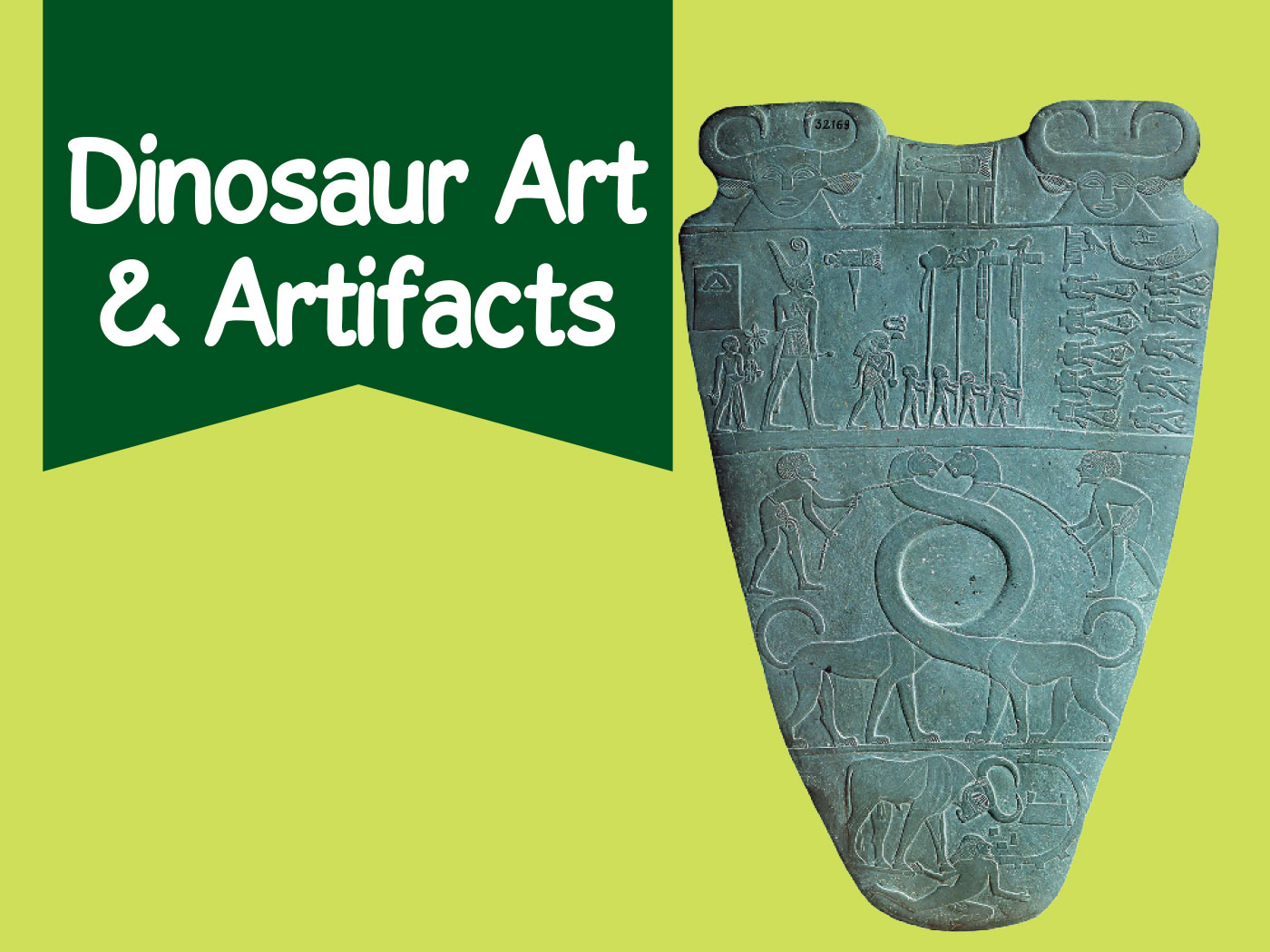Researchers have excavated a portion of a theropod dinosaur thighbone from beachfront marine rock north of Seattle.1 How did a land animal's leg bone get buried in marine rock?
Christian Sidor, a paleontologist and the Burke Museum (Washington state) curator of vertebrate paleontology, and Brandon Peecook, a graduate student at the University of Washington, published a report in PLoS ONE on the fossil,2 which was found in April 2012 within marine rocks of the San Juan Islands near Seattle that had been exposed by low tide. The fossil, said to be 80 million years old, has been identified as the upper left femur of a theropod dinosaur similar in size to a T. rex, although the exact species is unknown. The discovery is noteworthy as this is the very first confirmed dinosaur fossil found in the state of Washington.
The femur was found with fossil remains of the shallow-water clam species Crassatellites conradiana. The researchers suggested that this particular dinosaur died close to the beach and was then tossed about by waves before ultimately being buried among the clams.
While this proposed scenario may initially sound plausible, it raises questions. This particular dinosaur was presumably quite large, as the researchers estimated its whole femur would have been about four feet long, nearly as long as the femur of a T. rex. Is it reasonable to believe that normal beachfront wave activity could transport such a large animal, presumably weighing many tons, from its place of death to its final resting place? While water transport of such a large body is possible, it would almost certainly require unusual, catastrophic water action.
More important, in order to fossilize, the carcass would need to have been buried very rapidly in order to prevent decay or scavenging by other creatures. This would be true regardless of whether the carcass was found in a marine or land sedimentary environment. And such rapid burial requires catastrophic conditions.
Nor is the phenomenon of land dinosaurs buried within marine sediments an isolated one. In fact, the very article describing this discovery mentions in passing that ankylosaurian and hadrosaurian dinosaur fossils have also been found in marine or coastal rocks of Oregon, California, and south central Alaska.1 Furthermore, in addition to being found near shallow-dwelling marine organisms, dinosaur fossils have also been found in locations associated with large swimming marine creatures such as plesiosaurs and ichthyosaurs.3 In fact, the presence of dinosaur fossils in marine sediments is actually a worldwide phenomenon.4
Of course, the Bible provides a logical explanation for this global mixing of marine and land animals. The worldwide Flood described in the book of Genesis would naturally mix and bury creatures together from different land and marine environments. Likewise, the presence of original biological tissue (red blood cells, skin tissue, blood vessels, bone cells, etc.) discovered within dinosaur bones is powerful evidence that they lived recently, not millions of years ago, as is usually claimed.5
Rather than being evidence for evolution and "millions of years," these fossils, and the water-deposited rocks in which they are contained, bear mute testimony to the fact that "the world that then existed perished, being flooded with water" (2 Peter 3:6).
References
- Geggel, L. Huge Dinosaur Thighbone Found on Washington Beach. LiveScience. Posted on livescience.com May 20, 2015, accessed online May 28, 2015.
- Peecook, B. R. and C. A. Sidor. 2015. The First Dinosaur from Washington State and a Review of Pacific Coast Dinosaurs from North America. PLoS ONE. 10 (5): e0127792.
- Thomas, B. Dinosaur Fossil 'Wasn't Supposed to Be There.' Creation Science Update. Posted on icr.org April 14, 2011, accessed May 28, 2015.
- Clarey, T. 2015. Dinosaurs in Marine Sediments: A Worldwide Phenomenon. Acts & Facts. 44 (6): 16.
- Thomas, B. 2014. Original-Tissue Fossils: Creation's Silent Advocates. Acts & Facts. 43 (8): 5-9.
Image credit: Copyright © 2015 Burke Museum. Adapted for use in accordance with federal copyright (fair use doctrine) law. Usage by ICR does not imply endorsement of copyright holder.
* Dr. Hebert is Research Associate at the Institute for Creation Research and received his Ph.D. in physics from the University of Texas at Dallas.
Article posted on June 4, 2015.













